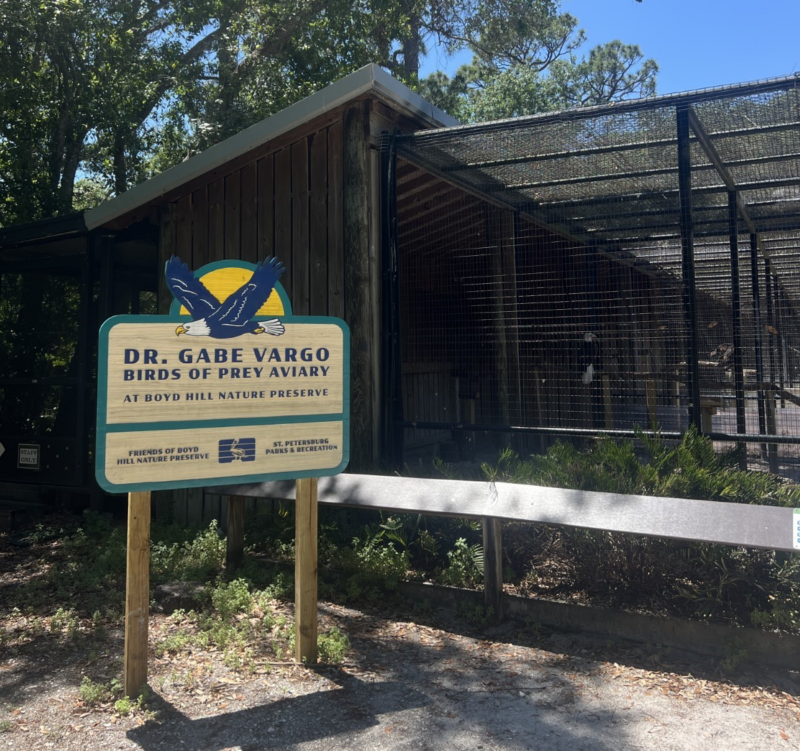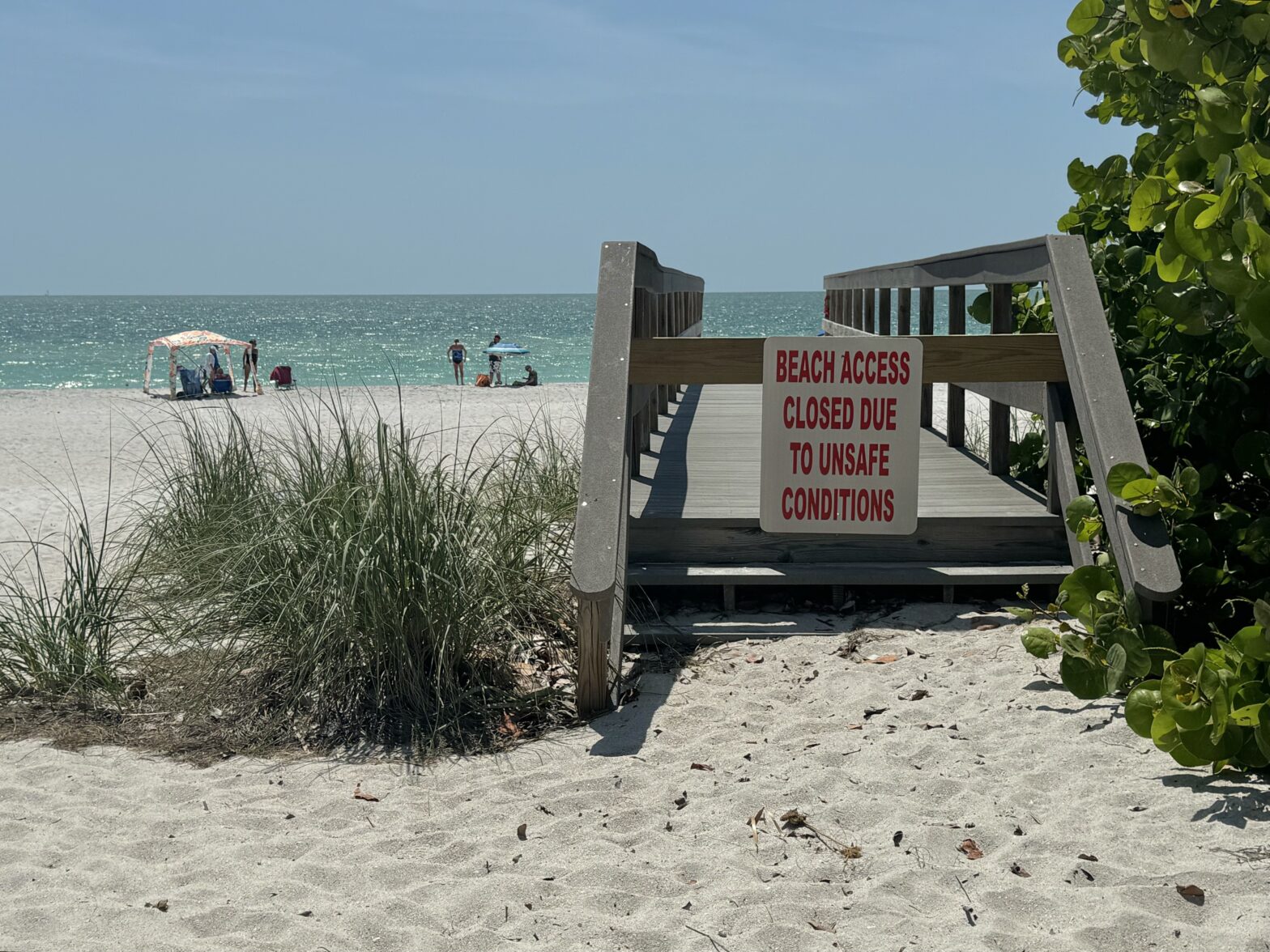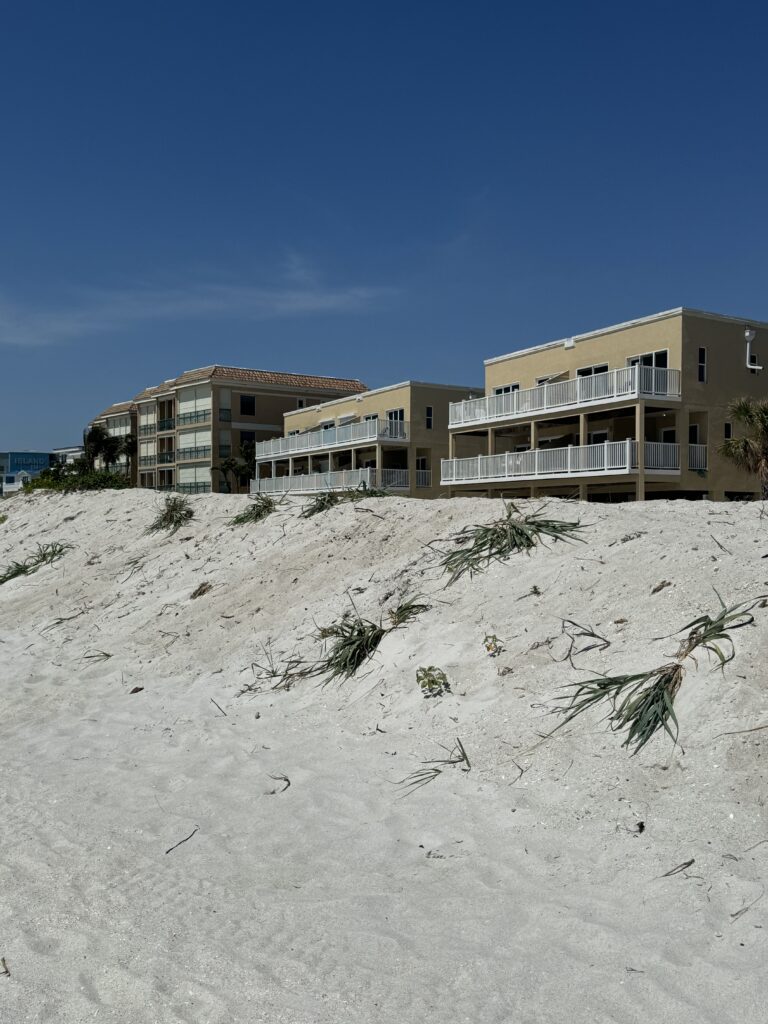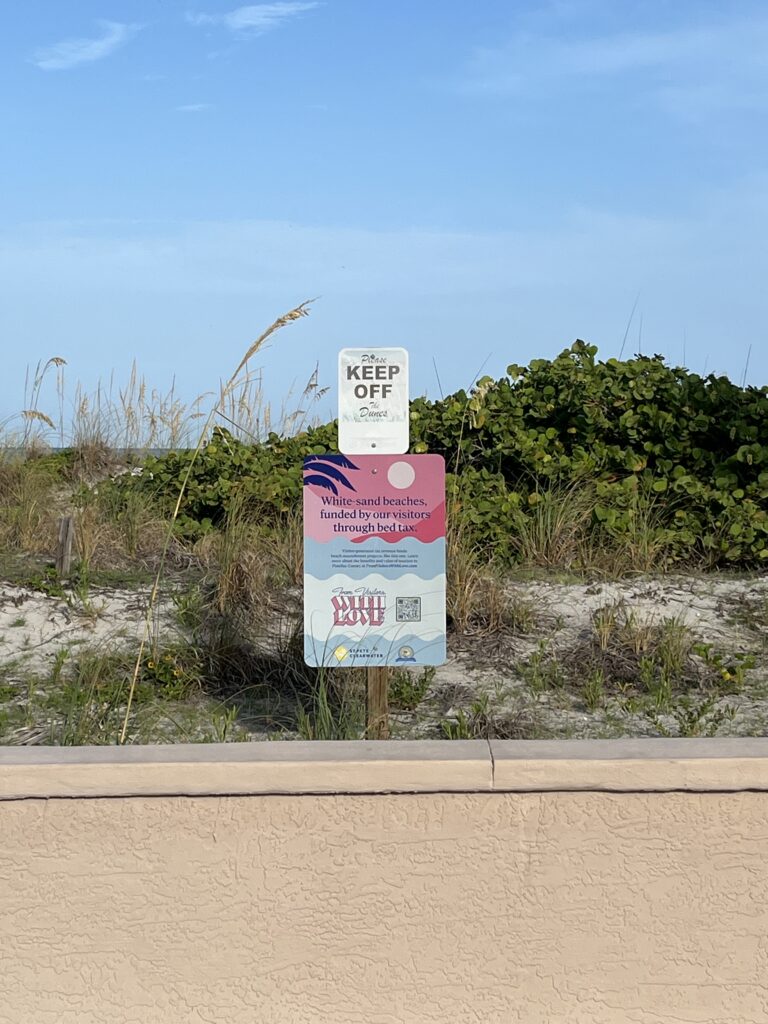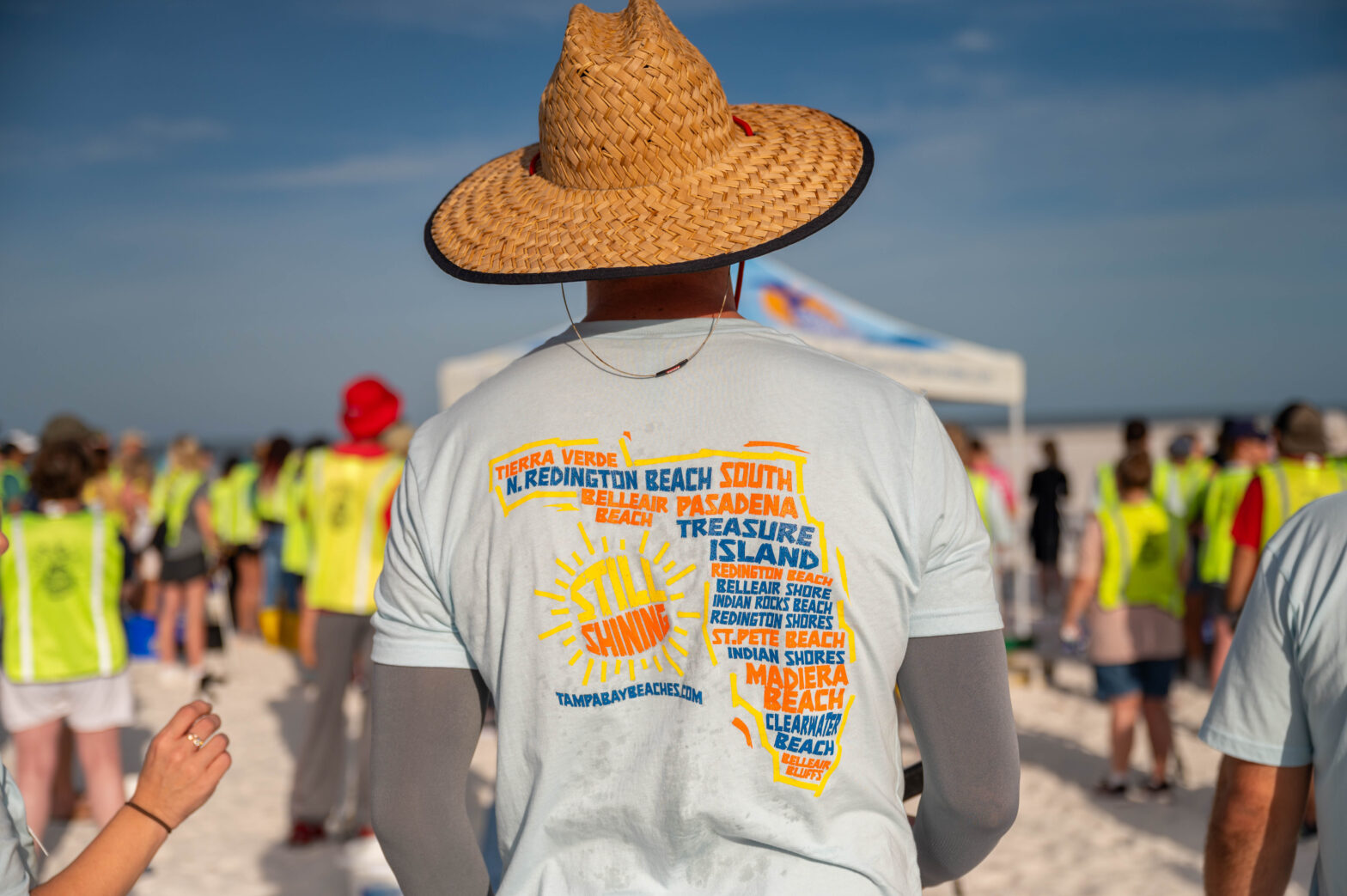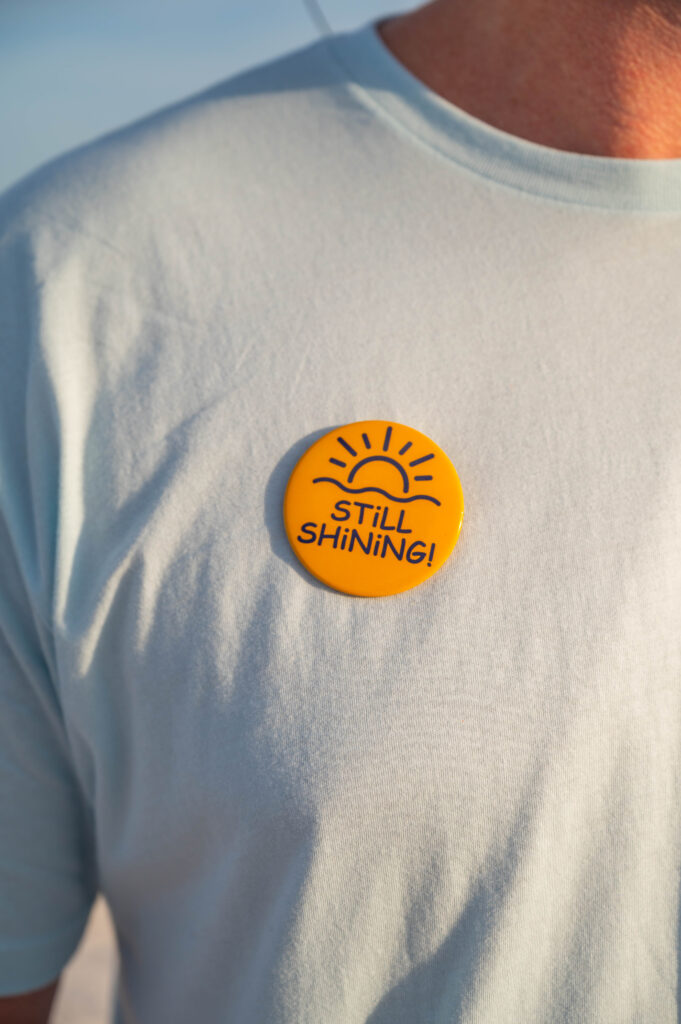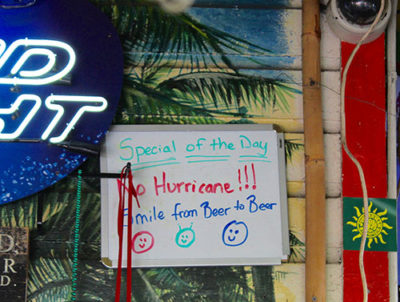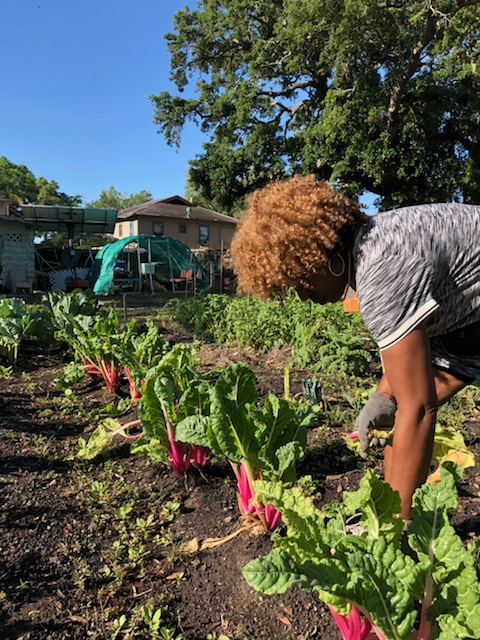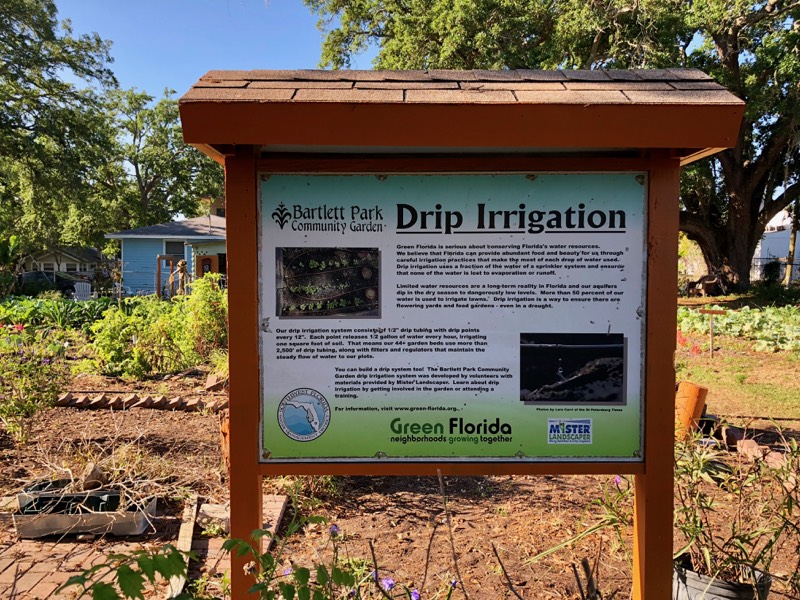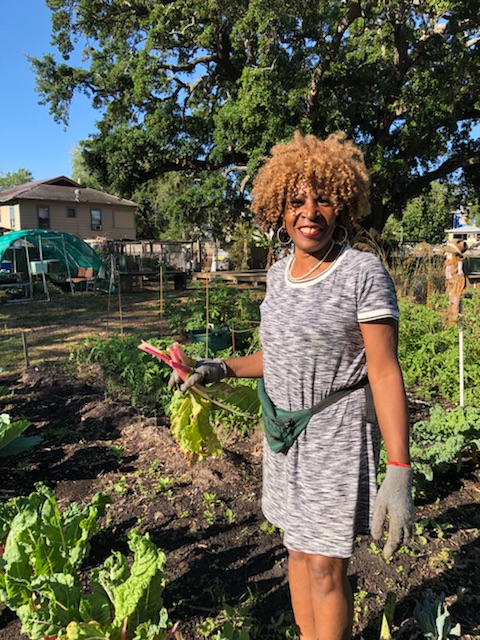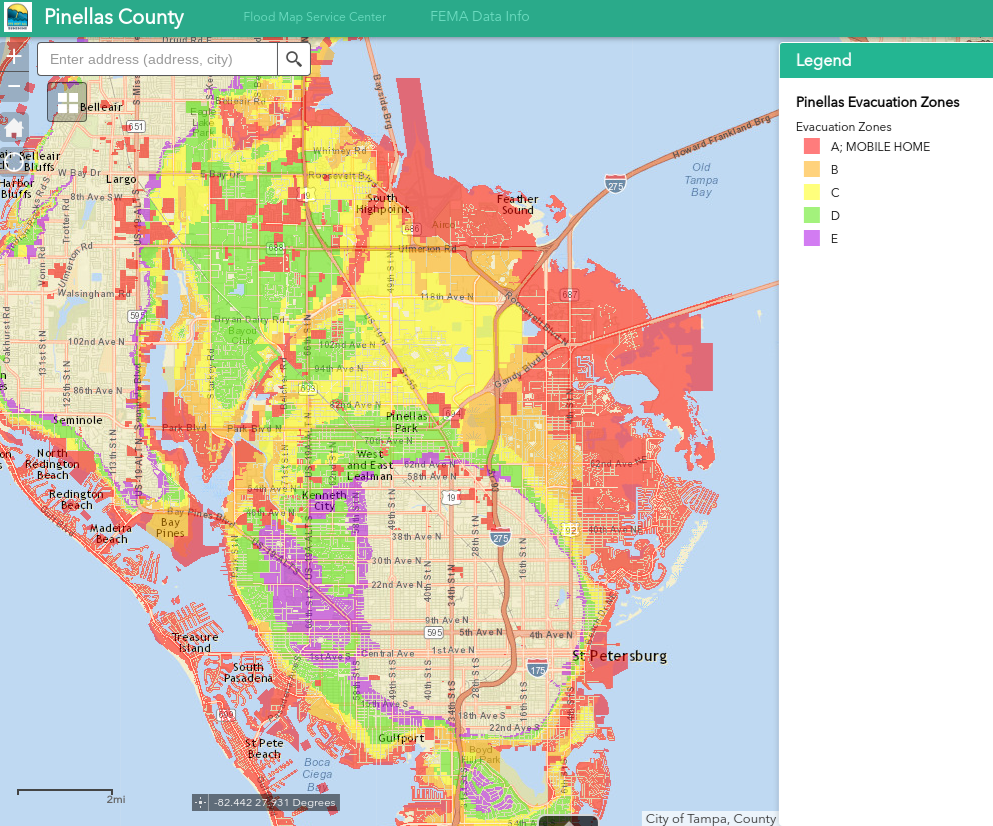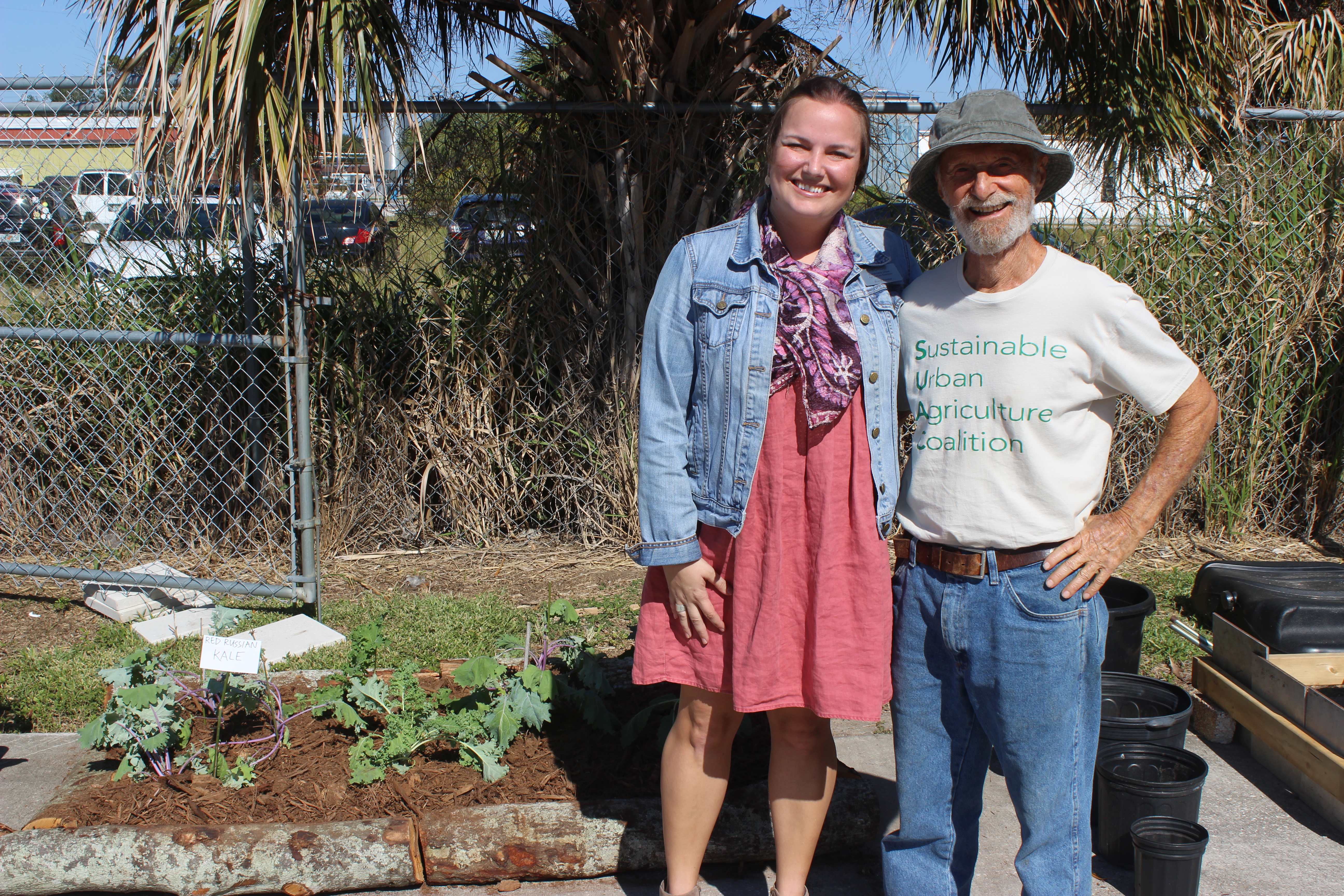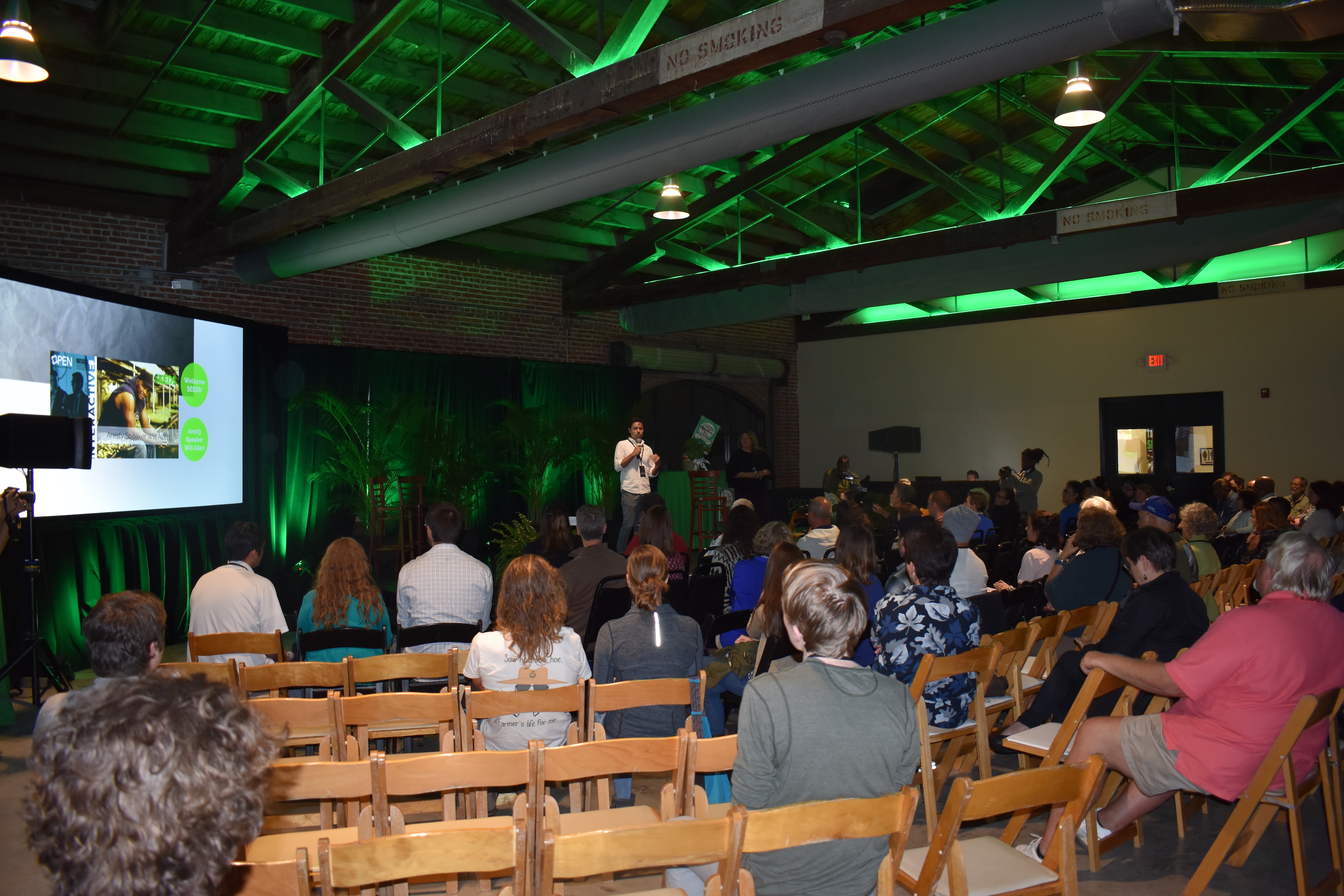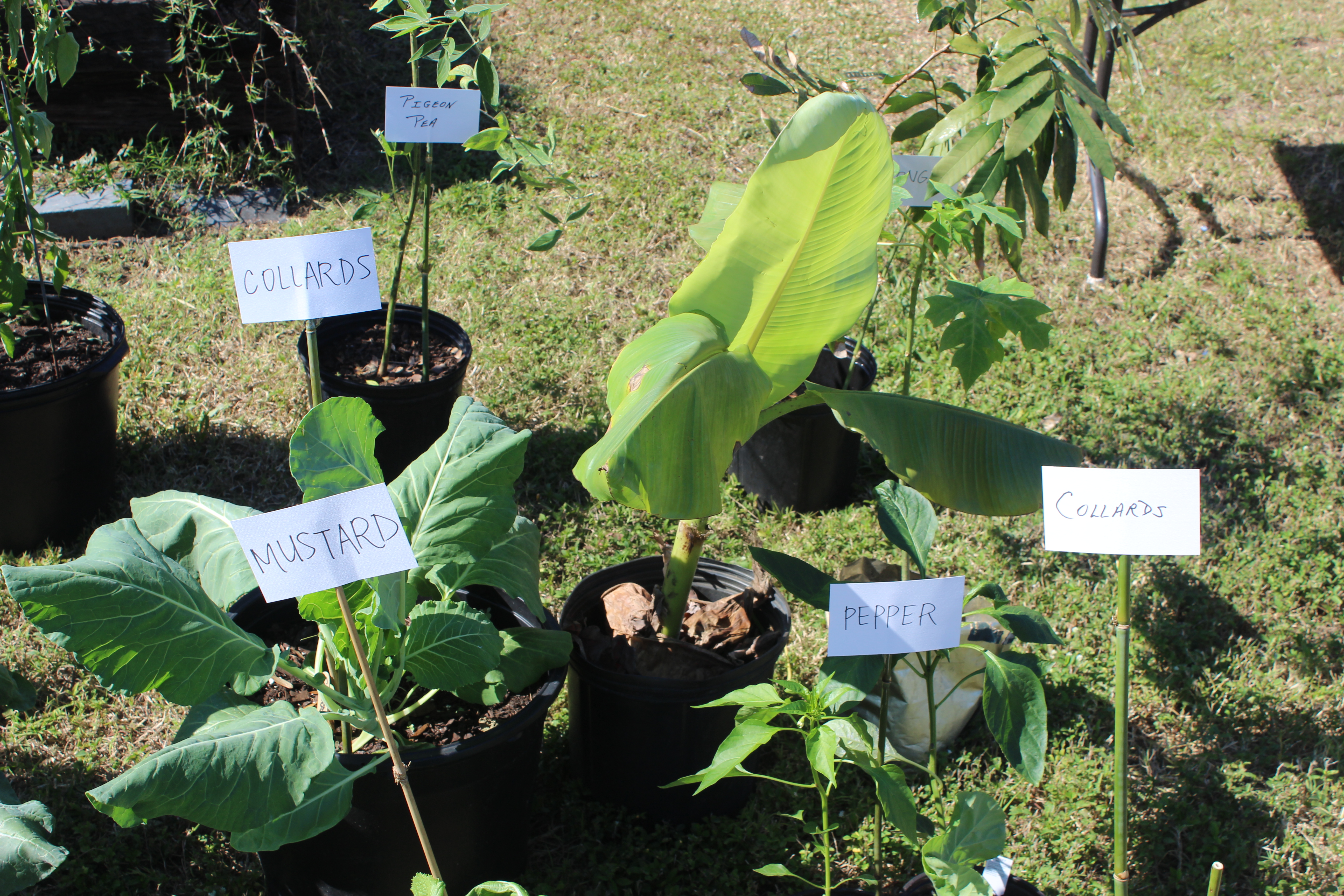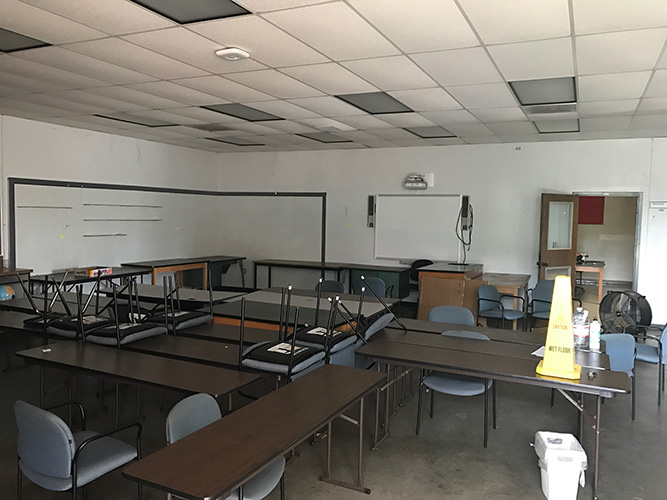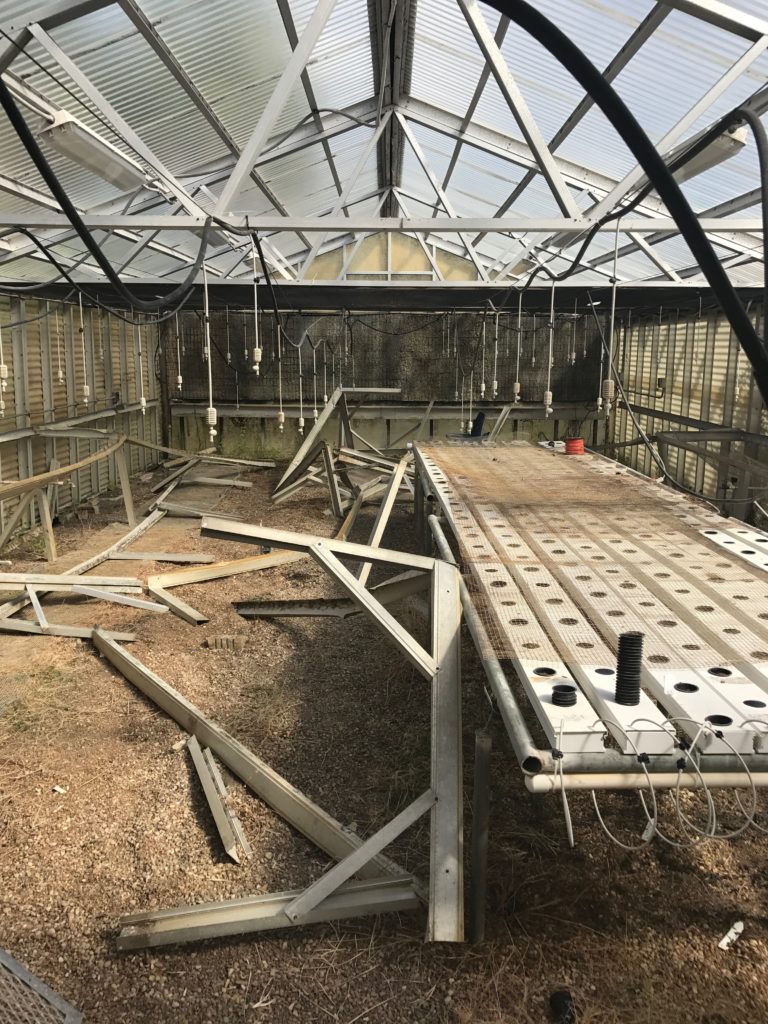By London Evans
While many locals and tourists who come to St. Petersburg know about the beach, St. Petersburg is full of hidden parks, green spaces and nature spots that are often overlooked.
The History of St. Petersburg explains why officials kept the nature preserves and parks over time. StPete.org tells the lost stories of how these areas came to be and provides media releases from years ago. The website also gives information on how Weeden Island came to be what it is today.
The website also states that in 1974, the state of Florida purchased Weedon Island and its surrounding islands, which were officially opened for public use in December 1980.
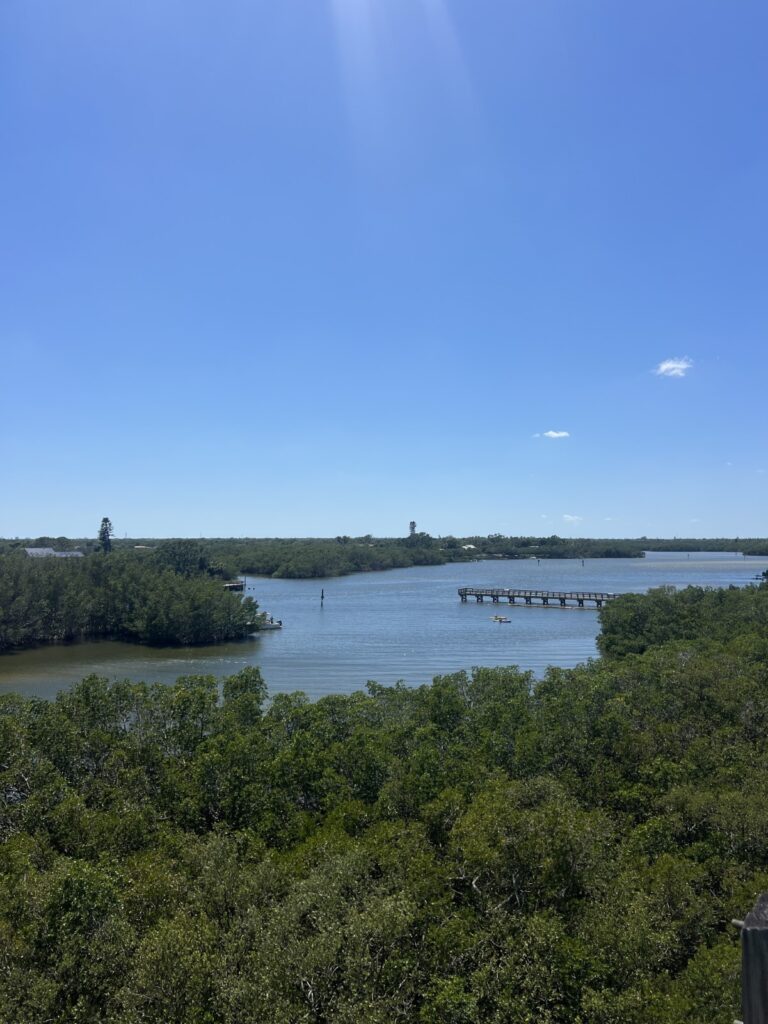
For example, Boyd Hill Nature Preserve, formerly Lake Maggiore Park, was renamed in 1958, while the park’s history dates to 1947.
A Nature Preserve ranger for Boyd Hill Park, Ken Payette, said her focus is on wildlife surveys, prescribed burns and removing non-native plants.
“The absolute best thing to do is get involved by volunteering at one or more of your favorite preserves or natural areas by doing whatever you can to help out,” Payette said.
Jason Cowen represents the Friends of Boyd Hill Nature Preserve nonprofit as its executive director, and he made it clear that he would love to see the continued protection of current natural areas within the city.
He said he also wants additional investments in restoring ecologically important areas, which he believes will improve overall ecosystem health.
“You can get involved with the decision-making process within the city by attending city council meetings and making your opinions known to elected officials and department heads,” Cowen said.
Cowen said he has always had a passion for the outdoors and recognized that St. Petersburg needs more support and advocacy to allow space for native wildlife to flourish.
One memorable experience for Cowen was helping the city acquire a 30-acre buffer next to Boyd Hill Nature Preserve, expanding its protected land. He said it’s rare to see a preserve grow in such a densely populated area.
“Conservation-wise, the city and the program’s support gopher tortoise, native plants and bird research within the preserve,” Cowen said. “As for protecting natural resources, the city charter offers some protection for natural land, and there are various levels of zoning that offer higher protections, such as the preserve designation.”
Raymond Vinson, supervisor of Boyd Hill Nature Preserve, said the city’s best chance at environmental preservation lies in protecting existing natural areas, restoring the urban tree canopy and improving the watershed. Unlike regional or county efforts, he said, St. Petersburg has little untouched land left to conserve.
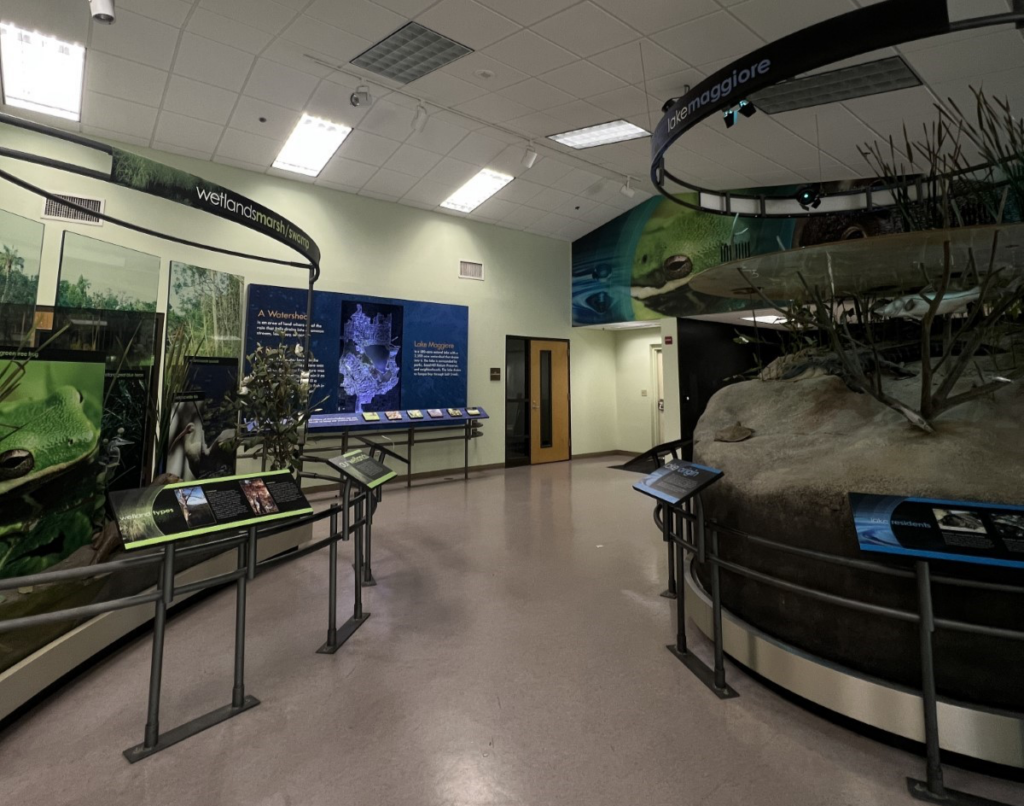
“I’ve always loved being outdoors in FL. From a young age,” Vinson said. “I’ve spent most of my recreational time outdoors. I spent lots of time hiking, biking, kayaking and fishing in the Tampa Bay area.”
Vinson emphasized that the ecological benefits of even a small patchwork of natural areas can be immense. It can significantly enhance a city’s existing preserves with invasive plant management, consistent prescribed fire return intervals and groundcover restoration.
“Similarly, there are a lot of small opportunities to reduce channelization and increase native plant cover in our streams and stormwater conveyances,” Vinson said. “That will do a lot to improve water quality in our estuaries and bays.”
Like Payette, Vinson also touched on the benefits of volunteering in preserves.
He said there are opportunities present for non-profits like Tampa Bay Watch and International Coastal Cleanup.
One way residents can contribute, Vinson said, is by removing invasive plants and replacing them with native species around their homes, especially if they live near natural areas where seeds can easily spread.
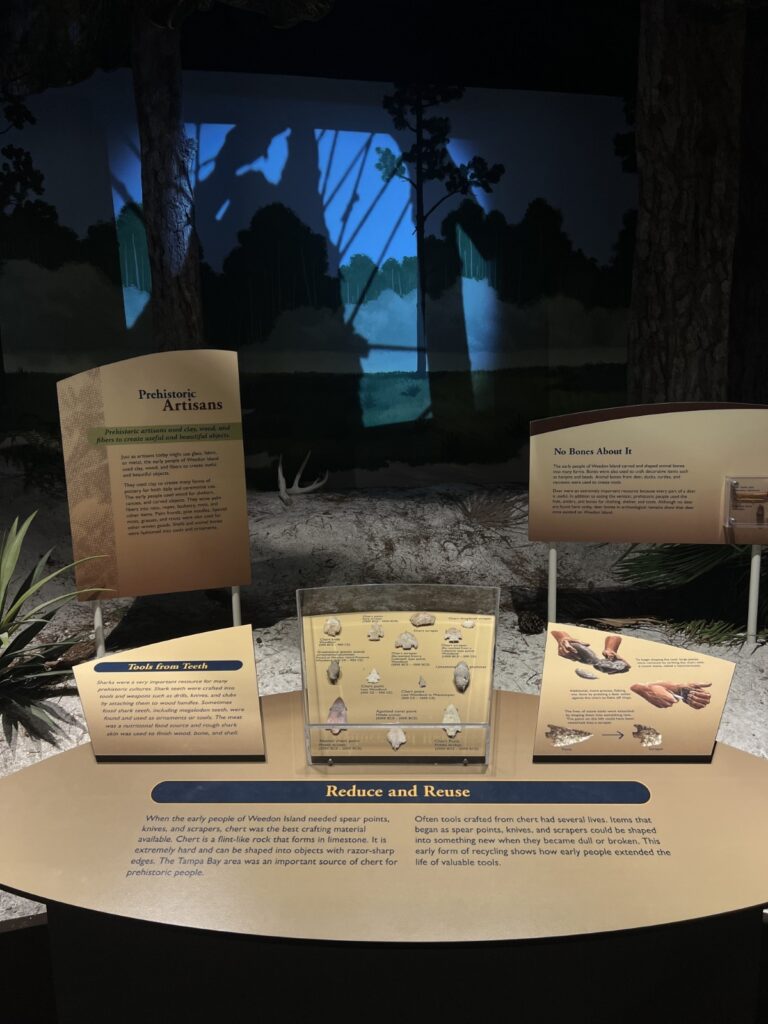
“We have an Integrated Sustainability Action Plan,” he said. “We also have an Integrated Pest Management Plan to control invasive plants with the most ecologically sensitive options.”
The sustainability plans have come a long way, Vinson said. He reflected on one of his more memorable moments working in environmental protection, which occurred in Sarasota County shortly after Hurricane Irma in 2017.
“We were clearing a section of the Legacy trail a day or two after the storm passed,” Vinson said. “That day I spoke with a bike rider who was getting his first taste of fresh air after hunkering down for the storm. Another man was riding his bike from Sarasota back to North Port to get home after evacuating a low-lying area. It was amazing to see the value of the trail and natural area surrounding it to such a vastly different pair of visitors.”
According to experts like Vinson and Cowen, educating local schools is an important part of their long-term work for these areas.
“At Boyd Hill we have an exceptional amount of school groups [that] come out and learn about nature,” Vinson said. “Many elementary schools visit and get programs from rangers where they learn about our raptors, snakes and invasive cane toad. We also have Martyne, a Pinellas County science teacher on site, and every fourth-grade class in Pinellas County takes a field trip with her to learn about subjects like the water cycle and native trees.”
Boyd Hill offers an extensive list of programs that cover all ages and interest groups.
Additionally, the Friends of Boyd Hill offers funds for camp scholarships and field trip groups that have financial barriers, according to Cowen.
While the city’s nature preserves continue to grow and thrive, ongoing environmental threats remain.
These workers are the only reason the parks stay afloat, according to Payette.
“The main thing is to protect our natural areas against threats to maintain them for public use and enjoyment,” Payette said.
